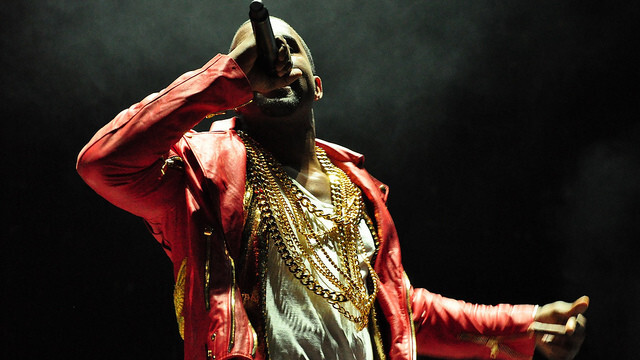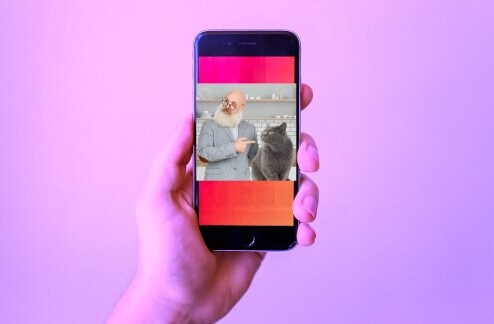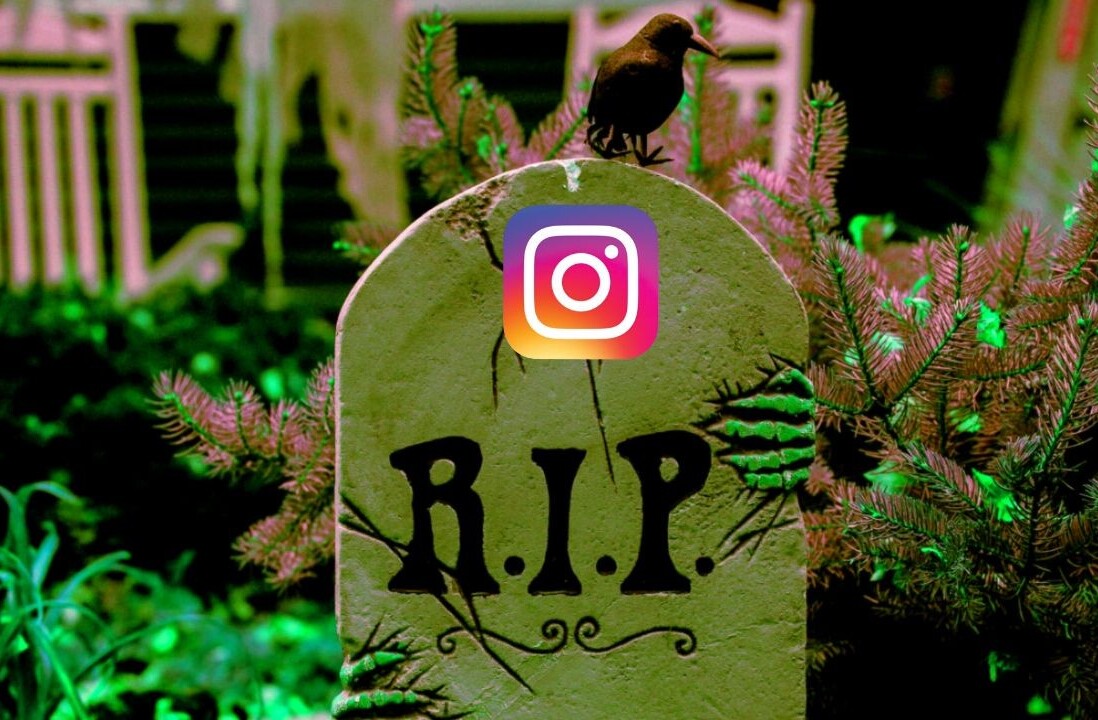
Hey publishers, if your images aren’t storefronts, they’re not pulling their full weight.
San Francisco-based Stipple is today announcing an update to its image-tagging solution that creates an additional revenue stream for publishers, and one that unlocks layers of hidden information for users. Stipple’s self-serve tool creates new monetization opportunities by connecting what is contained inside a photograph with the rest of the Internet, and making it easily accessible.
After a major event such as the Oscars or the NBA All-Star game, millions of people will go online to see who showed up to the event, and what new styles they were wearing. The clothes and other accessories that get picked are no accident. Brands and stylists have worked very hard to get their clothes, jewelry and accessories onto the red carpet, and to be worn by A-Listers. Normally the story ends there. It’s not possible to track how sales are affected by these appearances.

This is how it normally works. A viewer sees a wristwatch he likes in a photograph, and wants to buy it, but first must figure out the exact make and model, and where it is sold. This requires leaving the publisher’s site, and once he’s there, the publisher gets no credit for helping to create the sale. All data about the buying process is lost as soon as the customer opens a new window or a new browser tab. With Stipple’s Pipeline solution, publishers can tag items inside their photographs, and connect viewers directly to shopping portals or other information.
Shopping is just one of the data layers that is enabled, however. Stipple can also link a Facebook fan page or a Twitter feed to the people or products in the photograph.
“We’re in the business of delivering accurate information on who or what is in a photograph,” says Stipple CEO Rey Flemings.
Flemings says that the point of their technology is to be powerful, but also to deliver information in a way that is inobtrusive. The tags only appear once mouse movement is detected over an object that has been tagged. Stipple’s sophisticated computer visioning technology allows a brand to tag an object once, and make sure that every instance of that object will be tagged automatically. And Flemmings says that Stipple crawls nearly 7,000 new photos submitted to its database each day– as many editorial as Getty Images.
More than 1,800 publishers have signed on, and the tools are free to download and install. A robust analytics platform keeps track of how many times an image appears, where and for how long. Publishers can choose to pay each time a viewer drags their mouse over a particular item, or on a CPC basis, when the user clicks on a tagged item. In the future, publishers can elect to pay when a purchase is made through a Stipple-tagged photograph, but for now that functionality has not been activated.
We wrote about Stipple when they raised $2 million in May 2010, and the team has all the trappings of a startup smash hit, including investment from Justin Timberlake, and celebrity VC firm Kleiner Perkins. Early adopters include William Rast, BCBG, Rent The Runway and Lady Gaga.
Get the TNW newsletter
Get the most important tech news in your inbox each week.





